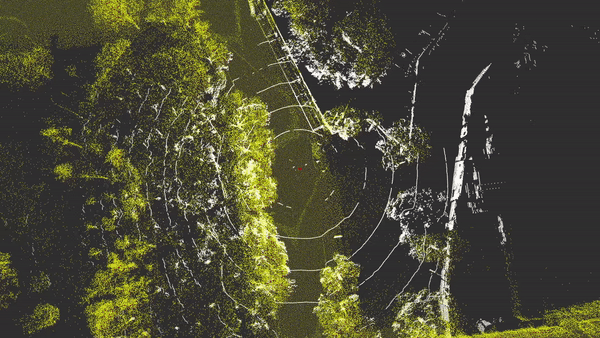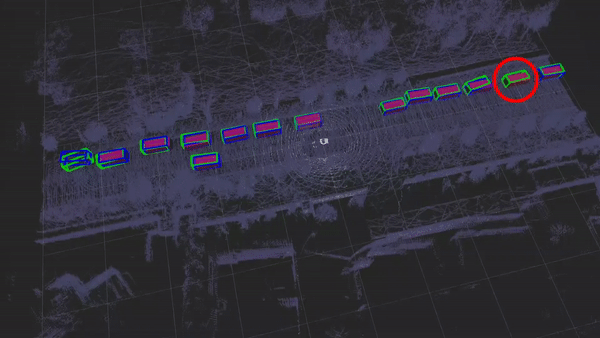
2024.09 - Now
Software & Firmware engineer
1. Wifi application algorithms development
2. "OverIP" production bring up
3. Troubleshoot and resolve WiFi issues
Keywords: C, linux kernel, CMake, Wifi, Socket, git, bash, finite-state machine

2023.06 - 2024.05
System & Algorithm engineer
1. System designed & deployment on embedded system
2. Algorithms designed & deployment on embedded system
Keywords: C++, cross compile, CMake, deep learning model deployment, multithreading, OpenVX, TDA4-J784S4, git, bash






